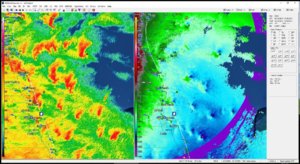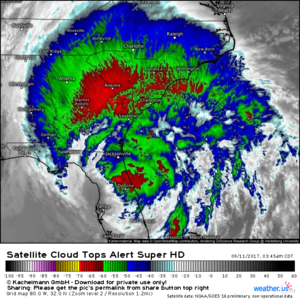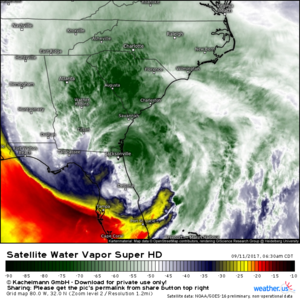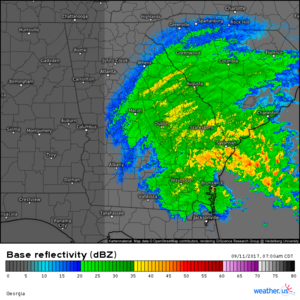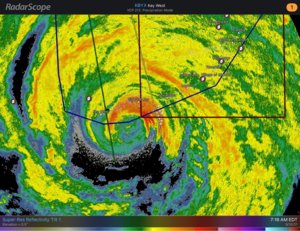Elaine Spencer
EF3
I'm seeing pictures on Twitter right now of a reverse or "anti" storm surge of water rushing OUT to sea in Tampa and Naples.... it looks very similar to what happens right before a tsunami hits. Of course the water is going to come back with a vengeance at some point. How often does this happen ahead of a hurricane and how bad an omen is it for the strength of the eventual surge?

